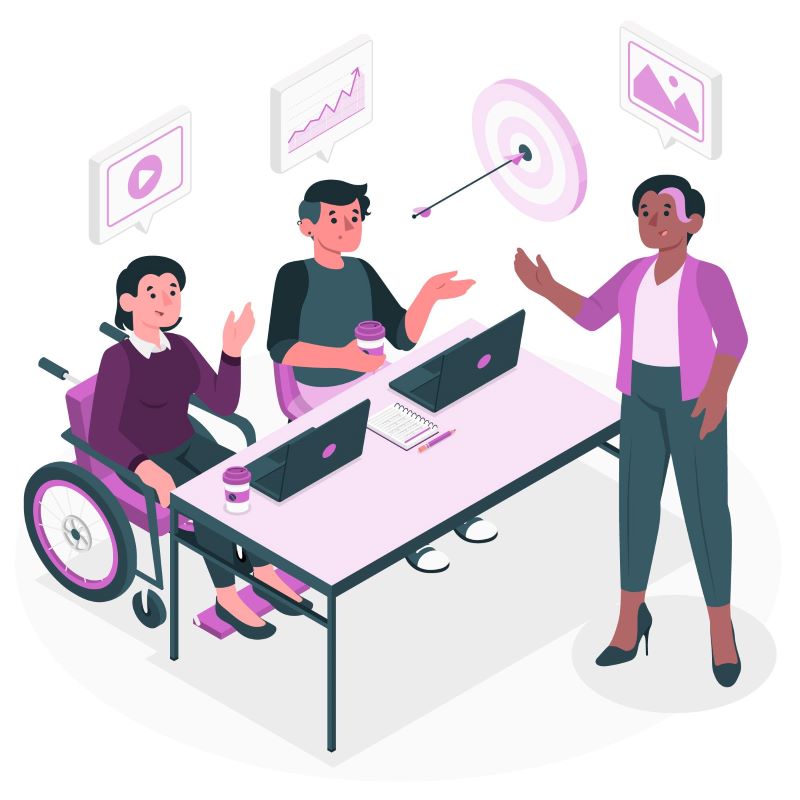Can Mitigation Training Help with Unconscious Bias
What is Unconscious Bias?
Unconscious bias refers to the automatic, ingrained attitudes and stereotypes we hold about people based on their race, gender, age, sexual orientation, or other characteristics, without even realising it. Implicit biases can impact our decisions and actions in ways that are unintentional and often counter to our conscious values of fairness and equality.
It can affect hiring decisions, performance evaluations, promotion opportunities, and even team dynamics. When left unchecked, this bias can perpetuate inequalities and hinder diversity, equity, and inclusion (DEI) efforts within an organisation.
Bias examples in the workplace
Unconscious bias subtly affects workplace decisions and interactions, often without individuals realising it. For example, recruiters might favour candidates from their alma mater (affinity bias), or managers might give higher performance ratings due to one standout trait (halo effect) or harshly judge based on minor mistakes (horns effect).
Promotions can be biassed, with decision-makers favouring those they see often (availability bias). Communication is impacted too; microaggressions involve making unfounded skill assumptions based on background.
Stereotypes affect leadership perceptions, hindering qualified individuals. Salary disparities persist due to negotiation bias, particularly for women and people of colour, who are less likely to negotiate for higher pay.
How can mitigation training help in the workplace?
Unconscious bias training, also known as implicit bias training or diversity and inclusion training, is a structured educational program designed to raise awareness of and address unconscious biases that can affect people’s attitudes, decisions, and behaviours in various contexts, particularly in the workplace. The goal of this training is to help individuals recognize and mitigate these biases to promote fairness, diversity, and inclusion.
Here are key elements and components typically found in unconscious bias training:
Awareness Building:
Training often begins by helping participants understand what unconscious bias is and how it operates in our brains. It explores the science behind biases and why they occur.
Identification:
Participants learn to identify common biases and stereotypes which influence their thoughts and actions. Particularly in relation to race, gender, age, disability, sexual orientation, and other characteristics.
Impact Recognition:
The training highlights the real-world consequences of unconscious bias and emphases how it can affect decision-making processes, workplace relationships, and overall organisational culture.
Self-Reflection:
You are encouraged to engage in self-reflection to recognize your own biases and understand how they might have influenced past decisions or behaviours.
Mitigation Strategies:
Participants learn practical strategies to mitigate unconscious bias in their day-to-day interactions and decision-making processes. This may include techniques for interrupting bias, making more objective decisions, and fostering inclusive behaviour.
Case Studies and Scenarios:
One can use real-life examples and scenarios to demonstrate how unconscious bias manifests in various workplace situations.
Interactive Activities:
Training may include group discussions, role-playing exercises, and other interactive activities to promote engagement and facilitate learning.
Inclusive Leadership:
For leaders and managers, there may be a focus on how they can lead inclusively, including ways to ensure fair hiring practices, create diverse teams, and promote a culture of inclusion.
Ongoing Support:
Effective unconscious bias training often includes post-training support and resources that apply to their work environments.
Unconscious bias training is part of a broader effort by organisations to promote diversity, equity, and inclusion (DEI). This training can be valuable, it is most effective when integrated into a comprehensive DEI strategy. This includes other initiatives, policies, and practices aimed at creating a more inclusive workplace culture.
These are just a few examples, and implicit bias can manifest in numerous other ways, impacting various aspects of the workplace. Addressing these biases through training, awareness, and inclusive policies is vital for creating a fair and equitable work environment.
Expand Your Talent Pool with DEIjobs! Register HERE and Dive In!!
Join DEIjobs to connect with a diverse talent pool, including candidates with disabilities, women, LGBTQ+ candidates, war veterans, and women on a career break.
FAQ’s
What is mitigation training for unconscious bias?
Mitigation training is a structured program designed to raise awareness of unconscious biases and equip employees with strategies to recognize, challenge, and mitigate these biases in their workplace interactions and decision-making.
Why is mitigation training important?
Unconscious bias can lead to unfair treatment, hinder diversity and inclusion efforts, and impact overall organisational success. Mitigation training helps create a more equitable and inclusive workplace by addressing these biases.
How does mitigation training work?
Mitigation training involves interactive sessions that educate participants about various aspects. This includes different biases, provide real-world examples, and offer practical strategies to minimise bias in daily work activities.




